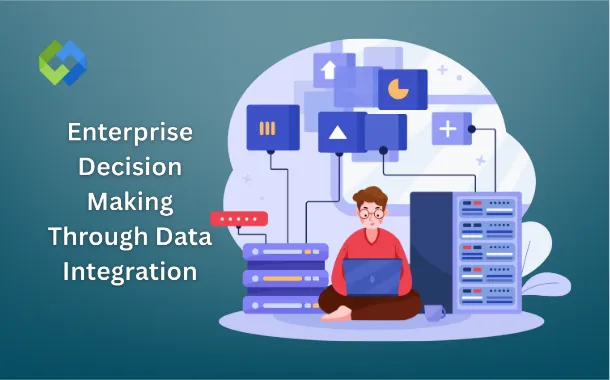Table of Contents
Driving Insight with Intelligent Analytics Tools
Modern businesses rely on data to optimize operations, personalize customer experiences, and make strategic decisions with confidence. However, raw data scattered across departments and systems provides little value unless it’s collected, cleaned, and analyzed effectively. That’s where solutions like data analytics services & solutions – Sombra come into play, offering enterprises the ability to turn complex datasets into actionable intelligence.
Through advanced analytics tools and intelligent integration, organizations can now unify data from CRM systems, finance platforms, IoT devices, and beyond. This integration fuels more accurate forecasting, real-time performance monitoring, and predictive modeling that empowers faster, more effective decisions. For example, a retailer can track in-store and online sales simultaneously, identifying product demand shifts in real time and adjusting inventory automatically. Similarly, manufacturers can use integrated production and sensor data to detect equipment failures before they happen, reducing downtime and increasing output.
These solutions do more than just visualize data they provide context, trends, and correlations that manual analysis often overlooks. The future of enterprise decision-making lies in having a dynamic, holistic view of the business, and that starts with integrating the correct data through the proper channels.
Comparing Modern Data Architectures
As enterprises embrace digital transformation, the question of data fabric vs data warehouse becomes increasingly relevant in designing an effective data strategy. Both play crucial roles in managing information, but they differ significantly in structure, flexibility, and purpose.
A traditional data warehouse consolidates structured data from various sources into a centralized repository. It’s ideal for consistent, repeatable analysis—think financial reports or sales summaries. While warehouses are great for historical data and regulatory compliance, they are often rigid, slower to adapt to new data types, and less effective with real-time or unstructured data.
By contrast, a data fabric is a more modern, decentralized architecture that connects data across hybrid and multi-cloud environments without moving it. This architecture enables real-time access and integration of data across platforms, regardless of location or format. For enterprises working with diverse and constantly changing data sources, data fabric offers a more agile solution.
In essence, the debate isn’t about which is better it’s about choosing the right tool for the right job. In some cases, a hybrid approach that leverages both a centralized warehouse for structured data and a fabric architecture for broader access makes the most strategic sense. Either way, understanding the strengths and limitations of each is vital to making the right infrastructure decisions.
From Centralized Control to Decentralized Intelligence
Historically, decision-making in enterprises has followed a top-down model, with a small group of executives relying on periodic reports. But today’s market moves too fast for that approach. Instead, the future demands decentralized intelligence, where insights are available across teams, departments, and even geographic locations in real time.
Integrated data systems enable this shift by making reliable data accessible to more users, regardless of their technical background. Business managers can monitor KPIs through visual dashboards, marketing teams can analyze customer behavior instantly, and operations teams can optimize workflows without waiting for weekly reports. The democratization of data, when combined with well-integrated systems, creates a culture of continuous learning and responsiveness.
Enterprises that empower employees with self-service data tools and automated insights can react faster to changes in the market, innovate more confidently, and make more intelligent choices across every level of the organization.
Future Trends in Data Integration
Looking ahead, data integration will become even more intelligent, automated, and embedded into daily workflows. AI and machine learning are already enhancing integration processes by identifying relationships between datasets, recommending optimal joins, and automating data preparation.
Furthermore, the adoption of real-time data pipelines and event-driven architectures is growing, allowing enterprises to respond to changes instantly, whether it’s a drop in website traffic, a spike in product demand, or an equipment malfunction in the field.
We can also expect increased emphasis on data governance and security. As data flows across more environments, ensuring its integrity, compliance, and privacy becomes paramount. The future of decision-making is not just about speed or access it’s about trust in the insights being used.
Conclusion
Enterprise decision-making is undergoing a fundamental shift from static reports to dynamic, integrated intelligence that drives every aspect of business strategy. With tools like data analytics services and modern architecture approaches, companies are better equipped than ever to transform fragmented information into explicit, confident action. By investing in smart data integration today, organizations are laying the foundation for faster, more informed, and more effective decision-making tomorrow.













